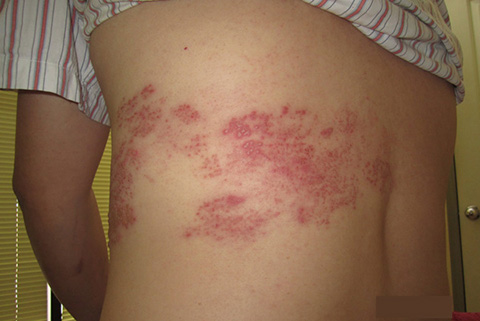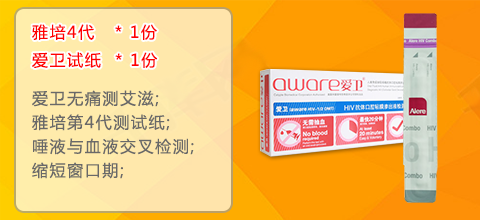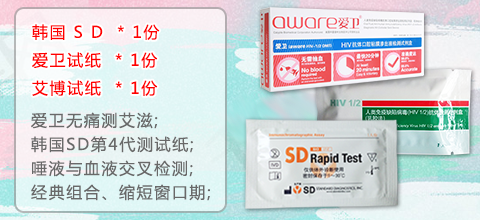中国男同性恋者青睐艾滋病自测
艾滋病检测网2018-09-20
在中国,艾滋病自测成为高危群体男男同性恋者进行艾滋病检测的有效途径。在中国的一项在线调查研究发现,20.3%的男同性恋者在他们一生中会进行一次艾滋病自测。研究人员称,这是一个很高的数字,表明在高危人群中进行艾滋病自测有很好的普及。

来自联合国艾滋病规划署的最新数据估计,54%的艾滋病毒携带者不知道他们感染艾滋病,在3500万人中占大约1900万人。增加艾滋病检测非常重要,因为检测是接受艾滋服务和挽救生命的抗逆转录治疗的前提。只有不到一半的男同从未接受过艾滋病毒检测。因此,创新方法来提高高危人群艾滋病检测是至关重要的。这一点,可以借鉴中国艾滋病自测的发展。
原文标题《HIV self-testing effective for reaching MSM in China》
英文原文:
Self-testing for HIV can be an effective way of increasing uptake of HIV testing and reaching high risk sub-groups of men who have sex with men (MSM) in China. An online survey conducted in China, found that 20.3 percent of MSM in the country had self-tested for HIV at least once in their lives. According to researchers, this represents a relatively high number of MSM self-testing, and they state that there is significant opportunity to improve up-take of testing among these at risk populations.
Self-testing for HIV can reduce many of the barriers associated with testing for HIV, particularly in a facility-based setting. These barriers include a fear of stigmatisation, lack of privacy and confidentiality, and the general inconvenience of going to a testing centre. In China, HIV testing is mostly located in centralised and formal healthcare settings – indicative as to why HIV self-testing uptake among MSM is relatively high in this study. The researchers found that self-testing among MSM was significantly correlated with being married; having tested for HIV in the past 12 months; and having had anal sex with more than six partners in the past three months. This behaviour suggests that self-testing can reach high-risk MSM, and increase HIV testing frequency.
Latest figures from UNAIDS estimate that around 54 percent of people living with HIV around the world do not know their status, around 19 million of the 35 million. Increasing access and uptake of HIV testing is crucial, as testing is a vital gateway to HIV services and life-saving antiretroviral treatment (ART). Just under half of MSM in China have never tested for HIV. It is therefore vital that innovative approaches to improve uptake of HIV testing among key populations are explored, in combination with the expansion of self-testing in the Chinese context


